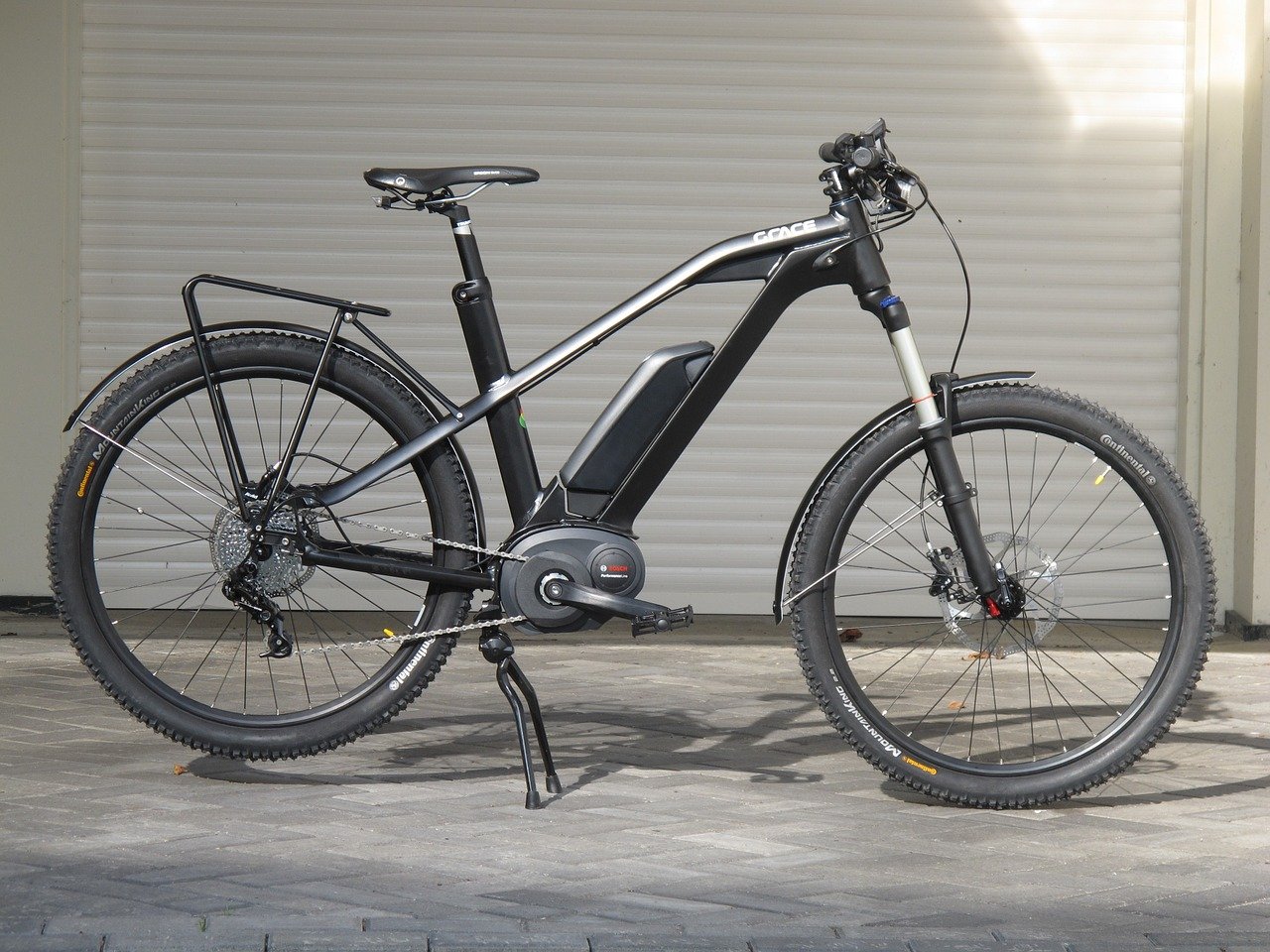From creating custom garments to the innovation of Artificial Intelligence (AI) that delivers a personalised shopping journey, retail is becoming more personal, as shoppers want a more tailored experience.
Today we look at how “metail” is going to change the future of retail, covering everything from personalised products to technology shaping the online experience.
The personal touch
Shopping for products, whether that be clothes or kitchen appliances, has become so readily available that brands have had to become more creative and more personal to continue catching the eye of the consumer.
A quick search on Google for “personalised products” brings up everything from name-engraved pens to footballs you can print your name on. Hence the expression, “metail”.
The days of settling for just items with a brand name on seem to be gone. In fact, the trend of personalisation has become so popular that the use of mass customisation is enabling the production of items on a large scale while satisfying a customer’s need for individuality.
Back in 2015, it was estimated that £1 billion could be spent on personalised products. A consumer review from Deloitte in the same year showed that one in four people were willing to pay more to receive a personalised item or service.
Fast forward to 2020 and the news that Notonthehighstreet—the online retailer that sells personalised gifts from over 5,000 small businesses—is eyeing a £200 million sale is proof that the surge has continued.
The popularity of the website has even included customers such as the Duke and Duchess of Cambridge, who bought Prince George a personalised dressing gown, worn when they met then-US President Barack Obama in 2016.
New technology for the online boom
Online shopping in the UK is becoming more common, with a high level of consumers choosing to make purchases online. In 2020, as many as 87 per cent of UK households made online purchases within the last 12 months, making it the highest online purchase rate in the past 11 years.
The coronavirus pandemic is arguably behind the continued acceleration of figures, with the number of people using online retailers likely to stay high into 2021. But with strong demand for products comes a level of expectation for a personal experience—one centred around individual habits and tastes.
A report by strategic digital consultancy, Cohaesus, found that 72% of consumers will only engage with retailers through personalised communication. In the same findings, 90% were willing to share their behavioural data if it resulted in a cheaper, easier and more enjoyable shopping experience—put simply, if retailers scratch the back of customers, they will be more likely to return the favour.
The existence of online shopping is to give customers an unlimited choice for products. But with page after page of product listings, shoppers have been overwhelmed, resulting abandoned carts and frustration.
On the high street, the challenge of helping customers find their perfect product and fit is solved through personal shoppers. Stores have had personal shoppers for decades, assisting with unique requests to ensure a positive experience for the customer.
But how do online retailers create this level of attention to detail? The answer is technology. The future of e-commerce is being influenced through AI. It’s already contributing to an improved user experience by offering personalisation.
Behaviour and transaction data are being used to develop an understanding of customer needs. E-commerce companies utilise the information to recommend suitable products—something you’ve probably noticed when you shop online.
Examples of just how granular AI can be when it comes to detail include:
- Adapted online shop navigation sequence
- Product categorisation
- Tailored email marketing
- Smart chatbots and voice-controlled services
Online retail giant Amazon recently rolled out a new AR shopping feature called Room Decorator, where consumers can virtually add multiple items at once to see how they fit in a home. It’s a sign of how serious companies are taking the shopping experience for potential customers.
A bright future ahead
Predictions for what lies ahead are often dictated by economic climate, available technology, and more importantly, the needs of the consumer. It is, however, safe to say that the personalisation trend won’t die out anytime soon.
Sources
https://www.schaetzl.com/en/blog/services/mass-customization/
https://news.sky.com/story/notonthehighstreet-eyes-200m-sale-after-pandemic-revenue-surge-12115907
https://www.statista.com/topics/2333/e-commerce-in-the-united-kingdom/
https://www.cityam.com/octopus-ventures-leads-seed-funding-round-in-pet-tech-firm-katkin/







